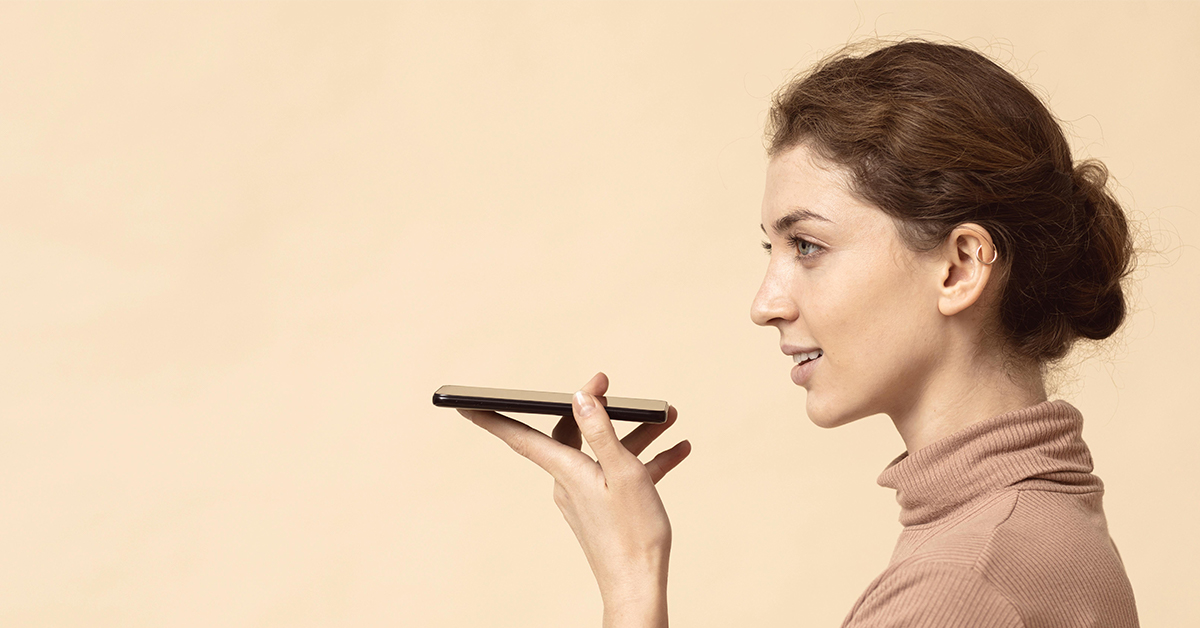E-commerce trends and consumer behavior after COVID-19 have taken a remarkable shift from before the pandemic.
Although physical businesses will always exist, modern consumers now shop for more of their favorite brands online. Thus, marketers with sophisticated social media profiles and e-commerce managers must stay on top of the latest e-commerce advancements. Product launches no longer only happen in physical locations; the digital one is equally as vital, if not more so.
Here are the top e-commerce trends for 2023 that will shape the future of business and so you should be aware of:
The Rapid Adoption of Mobile Shopping
 Mobile commerce encompasses more than just using your phone to make purchases. It includes any purchasing activity performed on a mobile browser or app, including interaction with mobile adverts, conversing with sales representatives, browsing brands on a smartphone, etc. Due to its overlap with other well-liked e-commerce website development features like live stream shopping, augmented reality buying, and in-app purchase, we predict that mobile shopping is one of the e-commerce trends that will rise in 2023.
Mobile commerce encompasses more than just using your phone to make purchases. It includes any purchasing activity performed on a mobile browser or app, including interaction with mobile adverts, conversing with sales representatives, browsing brands on a smartphone, etc. Due to its overlap with other well-liked e-commerce website development features like live stream shopping, augmented reality buying, and in-app purchase, we predict that mobile shopping is one of the e-commerce trends that will rise in 2023.So, business owners need to think about their present mobile shopping options. And then they should try out popular commerce tools. Moreover, they should pay attention to emerging e-commerce product features to stay ahead.
Preference for Personalized Shopping
 Customers want tailored e-commerce experiences in both the B2C and B2B marketplaces. They are more inclined to stick with retail companies that provide them with personalized shopping experiences. The State of Personalization 2023 reports that over half (49%) of consumers think they are likely to make another purchase from a retailer after having a personalized shopping experience.
Customers want tailored e-commerce experiences in both the B2C and B2B marketplaces. They are more inclined to stick with retail companies that provide them with personalized shopping experiences. The State of Personalization 2023 reports that over half (49%) of consumers think they are likely to make another purchase from a retailer after having a personalized shopping experience.Product recommendations, deals and discounts, and a seamless shopping event across different platforms are all examples of personalization. In addition, it can entail providing a range of payment options. In contrast, if e-commerce businesses fail to provide a preferred mode of payment, customers may simply leave a website before completing their transaction.
Enhanced Usage of AI in the Business World
 Another intriguing e-commerce trend right now is the use of AI. Thousands of shops worldwide already use it to automate procedures and make smarter decisions. Personalized product suggestions, chatbots, virtual shopping assistants, dynamic pricing, fraud detection, and logistics optimization are examples of how AI is used in e-commerce. It can also assist in analyzing client feedback to enhance product design and marketing tactics that help to give customers a more individualized experience.
Another intriguing e-commerce trend right now is the use of AI. Thousands of shops worldwide already use it to automate procedures and make smarter decisions. Personalized product suggestions, chatbots, virtual shopping assistants, dynamic pricing, fraud detection, and logistics optimization are examples of how AI is used in e-commerce. It can also assist in analyzing client feedback to enhance product design and marketing tactics that help to give customers a more individualized experience.But in 2023, AI has advanced to a level that now assists the business world in better understanding consumer wants, forecasting consumer behavior, and providing more specialized experiences. AI will be a crucial tool for cost-saving supply chain optimization as well. So, every facet of e-commerce, from customer service and marketing automation to inventory management, will probably use AI.
Increasing Customer Experience Using AR
 The business world utilizes augmented reality in its marketing strategy since it is one of the most intriguing technologies. E-commerce has altered quickly with the emergence of AR and VR. In 2023, AR is expected to change the future of business since it will affect how customers shop.
The business world utilizes augmented reality in its marketing strategy since it is one of the most intriguing technologies. E-commerce has altered quickly with the emergence of AR and VR. In 2023, AR is expected to change the future of business since it will affect how customers shop.With AR, Brands may give customers more accurate information about what they like to have. Plus, businesses can utilize AR to demonstrate how a product will look on you. It could even provide you with extra details about the item, like reviews, customer testimonials, and everything in between. For instance, if you want to buy new shoes, you might search for a pair that appeals to you online. You may view how those shoes might seem on your feet in real-time using augmented reality.
So, AR and VR will assist companies in providing a better client experience in the future.
Increased Voice Search
 Every human was given access to a sneak preview of the seemingly limitless potential of AI in December 2022. Everyone was welcome to test OpenAI's AI chatbot, which quickly gained popularity. The computer community was astounded by this algorithm's intelligence, which left many wondering what the future might hold.
Every human was given access to a sneak preview of the seemingly limitless potential of AI in December 2022. Everyone was welcome to test OpenAI's AI chatbot, which quickly gained popularity. The computer community was astounded by this algorithm's intelligence, which left many wondering what the future might hold.
AI made it possible to communicate with clients with new methods. Chatbots already use advanced learning to provide seamless client service. Also, voice bots get smarter every year. In the foreseeable future, voice shopping's market share will increase to 18%, according to research by Wunderman Thompson. Therefore, in 2023, you'd be better off being aware of it as an e-commerce trend.
Mobile Payment Options
 The variety of ways to pay digitally is expanding as society continues to move towards a cashless economy. Buy now and pay later, subscriptions and other more flexible payment methods are becoming more popular. The need for this cutting-edge technology will only grow in 2023 as consumers are more accustomed to the convenience and flexibility of mobile payments.
The variety of ways to pay digitally is expanding as society continues to move towards a cashless economy. Buy now and pay later, subscriptions and other more flexible payment methods are becoming more popular. The need for this cutting-edge technology will only grow in 2023 as consumers are more accustomed to the convenience and flexibility of mobile payments.
The likelihood that a consumer may abandon their purchase in the final stage increases if only one payment method is available. Hence, it is necessary to provide a choice of alternative (digital) payment channels to stay current with the e-commerce trends.
Takeaway: Over The Next Five Years, E-Commerce Will Undergo a Variety of Changes
Thanks to all the disruptive factors, the e-commerce market is in for a significant upheaval over the next several years. Although numerous elements affect online purchasing patterns, the aforementioned e-commerce trends will propel e-commerce forward over the coming years.
It has become more personalized, mobile, and socially focused. Businesses will increase their use of AI and AR. Whereas, most will turn their attention to local markets and offline retail. In addition, the business world will observe and welcome the rise of curated commerce, fractional ownership, and third-party vendors.
So, market actors can successfully navigate and benefit from an increasingly competitive environment if they adhere to these trends and learn from successful examples.



